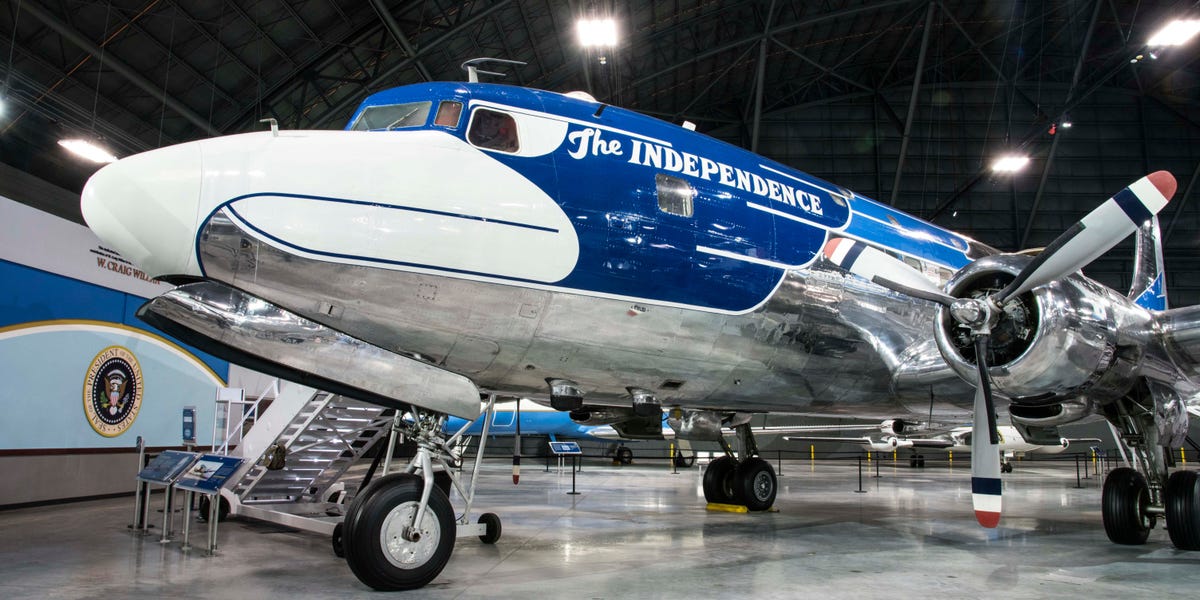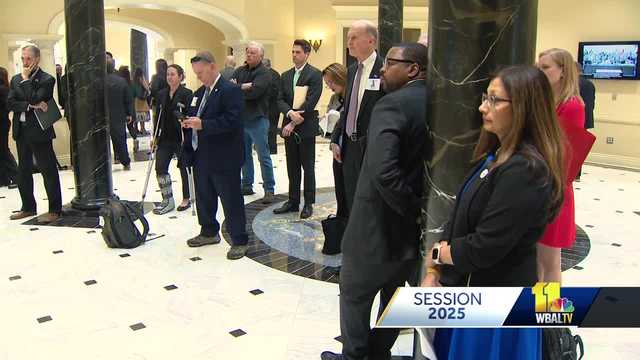Presidential Time Capsule: The Legendary Truman Air Force One That Soared Through History

In the early days of presidential air travel, Harry Truman made history with his distinctive aircraft, The Independence. This Douglas VC-118 was a groundbreaking marvel, representing only the second airplane ever specifically designed and customized for a U.S. president's exclusive use. Named after Truman's beloved hometown in Missouri, the plane symbolized a new era of presidential mobility and technological advancement in the mid-20th century.
The Independence was more than just a mode of transportation; it was a flying symbol of presidential power and innovation. As commercial aviation was rapidly evolving, Truman's custom aircraft demonstrated the growing importance of air travel for national leadership. Its unique design and purpose marked a significant milestone in the relationship between presidential operations and emerging aerospace technologies.
Truman's commitment to utilizing this specialized aircraft reflected the changing dynamics of presidential communication and travel during a transformative period in American history. The Independence not only facilitated the president's official duties but also became an iconic representation of presidential progress in the post-World War II era.








